The Bulgarian split squat, a unilateral lower-body exercise, has become a staple in many workout routines. It strengthens and sculpts your quads, glutes, hamstrings, and core, all while improving balance and stability. But to reap the full benefits and avoid injury, proper form is crucial. This article will guide you through the Bulgarian split squat, from setup to execution, including variations, common mistakes, and frequently asked questions.
Table of Contents
ToggleBenefits of the Bulgarian Split Squat
The Bulgarian split squat offers a multitude of benefits for athletes and fitness enthusiasts alike:
- Unilateral Strength Development: By isolating each leg, you can identify and address any imbalances between your left and right side.
- Improved Balance and Stability: The single-leg nature of the exercise challenges your core and stabilizer muscles, enhancing overall balance and coordination.
- Increased Lower Body Strength: Targets major muscle groups in your legs, including the quads, glutes, and hamstrings.
- Core Engagement: Maintains a strong core throughout the movement, promoting better posture and stability.
- Functional Movement: Mimics activities like lunging, stair climbing, and jumping, improving overall athletic performance.
- Progression Potential: Can be performed with bodyweight, dumbbells, kettlebells, or a barbell for progressive overload.
Step-by-Step Guide to the Bulgarian Split Squat
Here’s a breakdown of the Bulgarian split squat with key points to remember:
1. Setting Up:
- Find a sturdy bench or chair that’s comfortable for you. A higher bench will require deeper lunges.
- Stand tall with your feet hip-width apart, core engaged, shoulders back, and chest lifted.
- Extend one leg behind you and place the top of your foot on the bench. The ball of your foot can also be used for a slightly different feel on the exercise.
- Maintain a straight line from your head to your heels, with a slight forward lean from your ankles. This position may need slight adjustments based on your flexibility.
2. The Squat:
- Keeping your core tight and back straight, slowly lower your body by bending your front knee.
- Descend until your front thigh is parallel to the ground or slightly lower if comfortable.
- Focus on pushing your hips back as you squat, not just bending at the knee. This ensures proper glute engagement.
- Maintain a stable heel drive throughout the movement, pressing through your entire front foot.
3. Standing Up:
- To come back up, reverse the movement by driving through your front heel and extending your knee.
- Maintain a controlled ascent, engaging your glutes and core to stabilize your body.
- Aim for full hip and knee extension at the top.
Tips:
- Keep your front knee tracking in line with your toes to avoid knee pain.
- Don’t let your torso drift too far forward or your back hunch.
- Breathe out as you push yourself up from the squat.
- Perform the desired number of repetitions on one leg before switching to the other.
Variations of the Bulgarian Split Squat
As you master the basic Bulgarian split squat, you can explore variations to target different muscle groups or increase difficulty:
- Dumbbell Bulgarian Split Squat: Hold a dumbbell in each hand at your sides for added weight.
- Kettlebell Bulgarian Split Squat: Hold a kettlebell in one hand racked across your chest or by your side.
- Barbell Bulgarian Split Squat: Place a barbell across your upper back for the most challenging variation.
- Bulgarian Split Squat with Bulgarian Split Squat with a Deficit: Stand on a plate or small block with your front foot for an increased range of motion.
- Bulgarian Split Squat with a Pulse: At the bottom of the squat, perform small pulses up and down a few times before fully extending.
Table 1: Variation Comparison
| Variation | Difficulty | Focus | Weight Options |
|---|---|---|---|
| Bodyweight | Low | Balance, Form | N/A |
| Dumbbell | Moderate | Overall Lower Body | Light to moderate dumbbells |
| Kettlebell | Moderate | Core, Unilateral Strength | Single kettlebell |
| Barbell | High | Lower Body Strength | Moderate to heavy barbell |
| Deficit | Moderate-High | Range of Motion, Quads | Bodyweight or light weights |
| Pulse | Moderate | Strength Endurance | Bodyweight or lightweight |
drive_spreadsheetExport to Sheets
Common Mistakes and How to Avoid Them
- Letting your front knee cave inward: Focus on keeping your knee tracking over your toes throughout the movement.
- Rounding your back: Maintain a neutral spine with your core engaged to prevent back pain.
- Not reaching full depth: Aim for at least a parallel squat or slightly lower if comfortable for deeper glute engagement.
- Bouncing at the bottom: The descent and ascent should be controlled movements. Avoid using momentum by bouncing at the bottom of the squat.
- Uneven weight distribution: Maintain an even weight distribution throughout your foot during the squat. Don’t roll onto your toes or the outer edge of your foot.
- Using excessive weight: Start with body weight or light weights to focus on form before adding more weight.
- Looking down: Keep your gaze focused slightly forward to maintain proper neck and spinal alignment.
- Not engaging your core: A strong core is crucial for stability. Brace your core by drawing your navel towards your spine throughout the movement.
- Improper bench height: Choose a bench height that allows you to achieve a deep squat with a slight forward lean from your ankles.
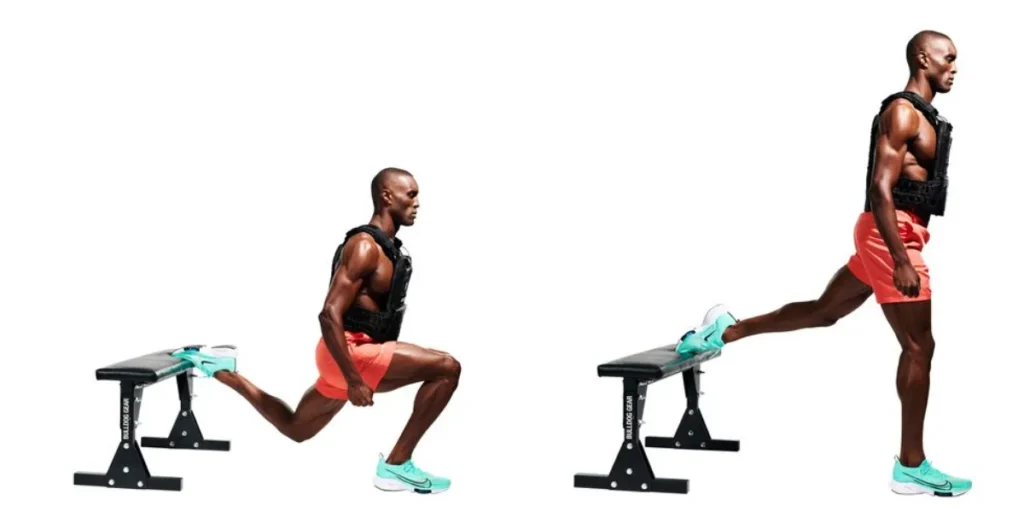
Frequently Asked Questions (FAQs) about Bulgarian Split Squats
- How many sets and reps should I perform? Aim for 2-3 sets of 8-12 repetitions per leg. Adjust the sets and reps based on your fitness level and goals.
- Can I do Bulgarian split squats every day? It’s best to allow your legs time to recover. Aim for 2-3 sessions per week, with at least one rest day in between.
- Is there a safer alternative to the Bulgarian split squat? If you have knee concerns, consider a Romanian deadlift or lunges with dumbbells.
- Should I feel pain while performing Bulgarian split squats? You should feel a challenge in your muscles, but not pain. If you experience any pain, stop the exercise and consult a healthcare professional.
- What if I don’t have a bench or chair? You can perform Bulgarian split squats by placing your back foot on a sturdy platform like a step or box.
- Can I use resistance bands for Bulgarian split squats? Yes, loop a resistance band around your ankles or above your knees for added challenge.
- How can I improve my balance on the Bulgarian split squat? Start by holding onto a wall or chair for support as you perform the exercise. Gradually progress to performing it without any assistance as your balance improves.
- Is it better to perform Bulgarian split squats before or after squats? You can perform them either way. If you’re performing both exercises in the same workout, consider doing Bulgarian split squats first while you’re fresh, then moving on to squats.
- I have tight hamstrings. How can I modify the Bulgarian split squat? Hold onto a yoga strap or belt looped around the top of your foot and gently pull your leg up as you extend at the top of the squat to stretch your hamstring.
- What are some good warm-up exercises before performing Bulgarian split squats? Light cardio like jumping jacks or jogging for a few minutes, followed by dynamic stretches like leg swings and lunges with torso twists, will help prepare your body for the exercise.
Conclusion
The Bulgarian split squat is a versatile and effective exercise for building lower body strength and improving balance. By mastering proper form, incorporating variations, and addressing common mistakes, you can reap the full benefits of this exercise while minimizing the risk of injury. Remember to start light, focus on form, and gradually increase the difficulty as you progress.



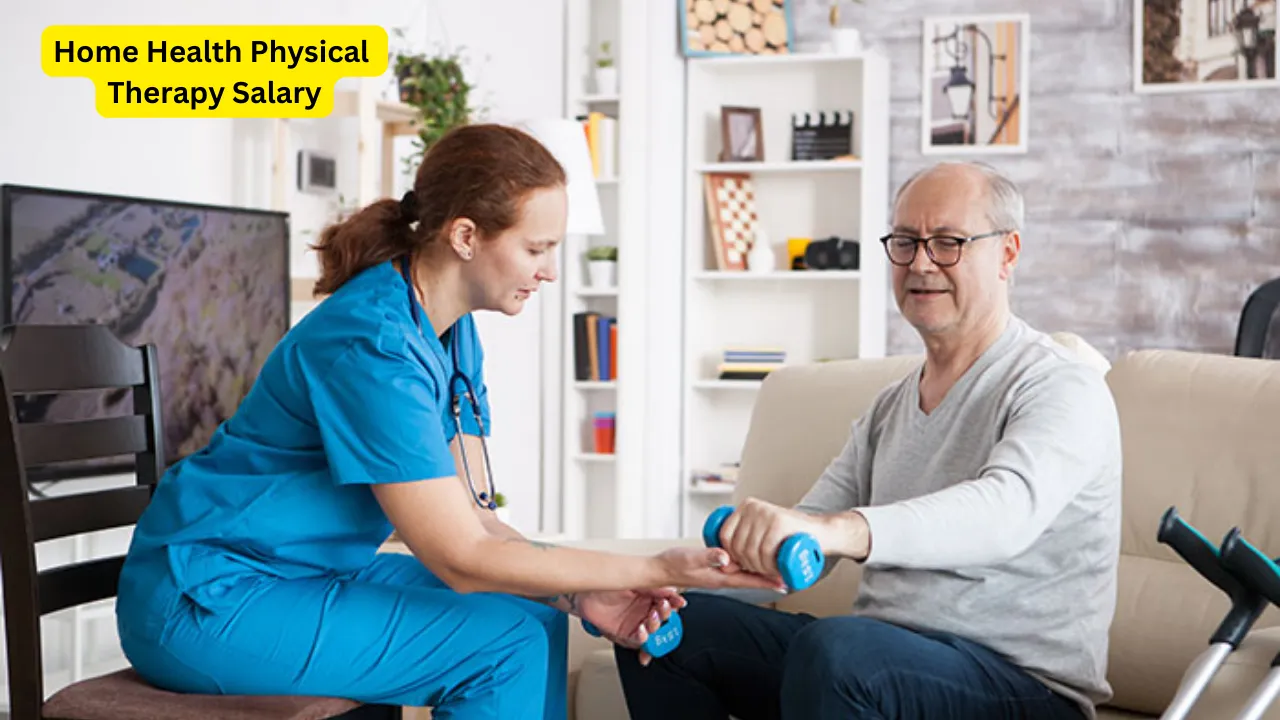
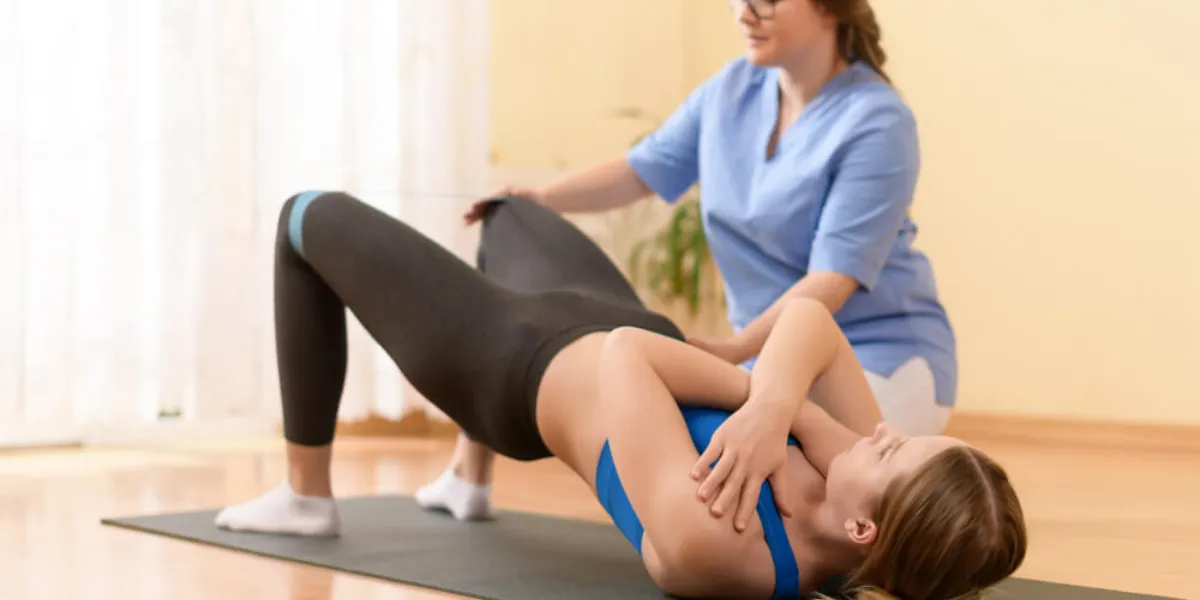

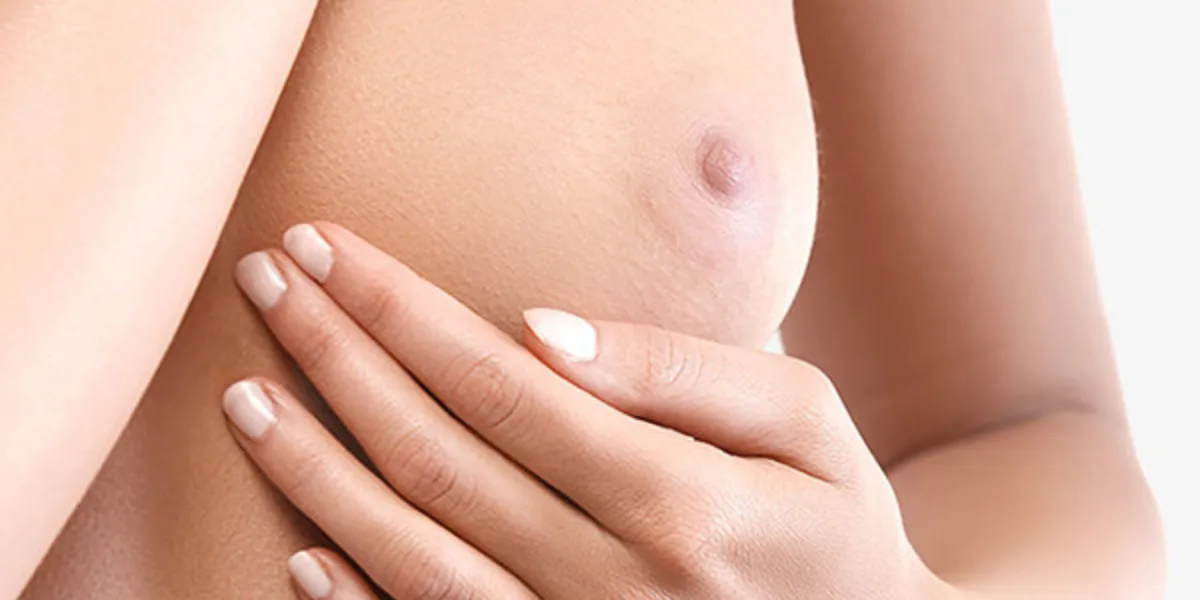

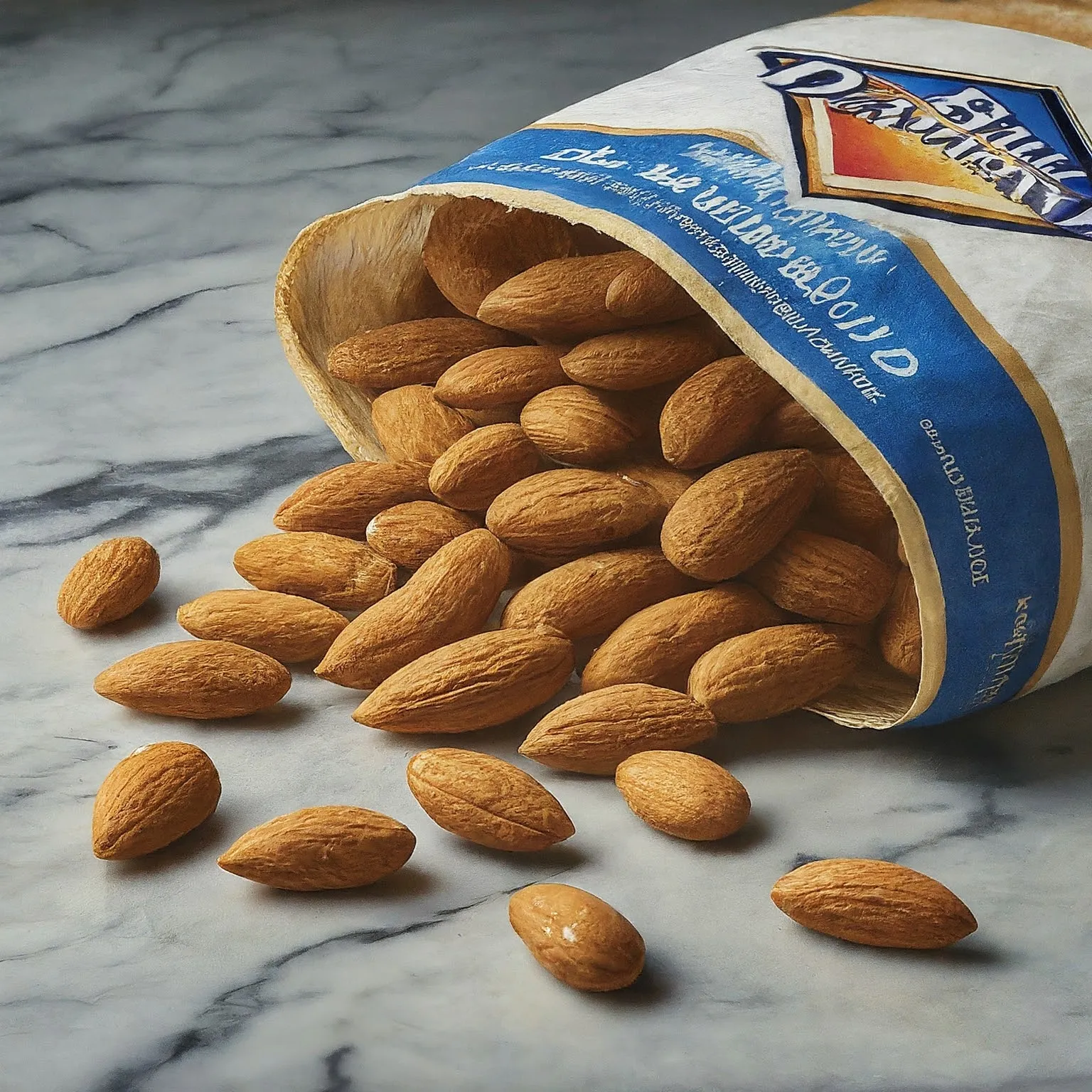


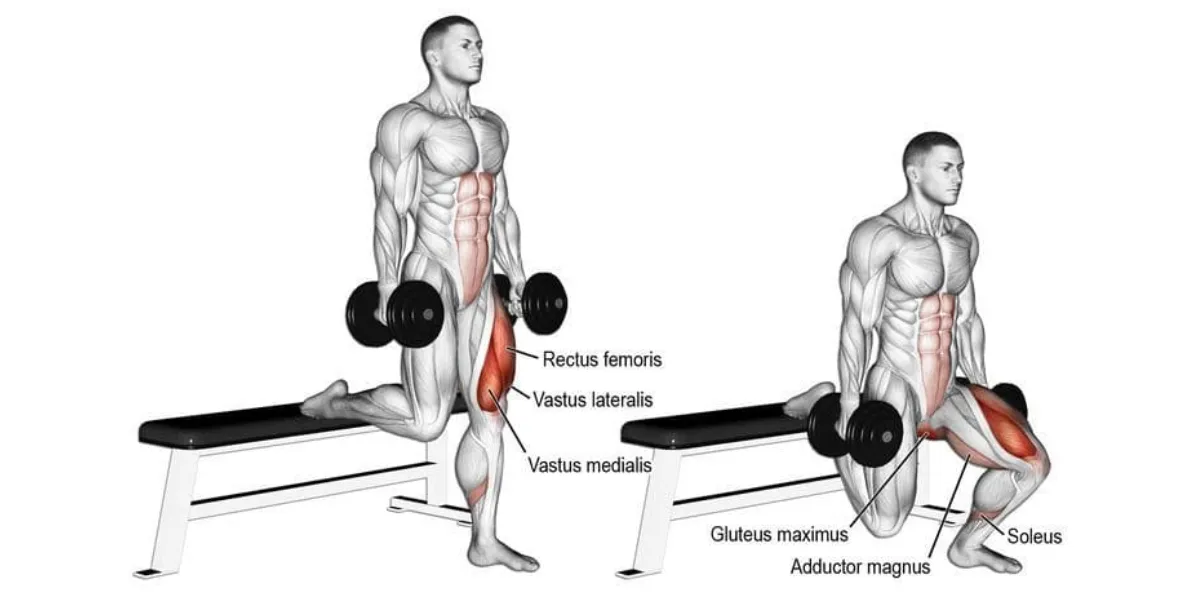


2 Responses
thank you